Slower Tropical Cyclones Bring More Mayhem
Tropical cyclones are slowing, and hurricanes have lost their "hurry." Paradoxically, this is bad news, because they have more time to create damage.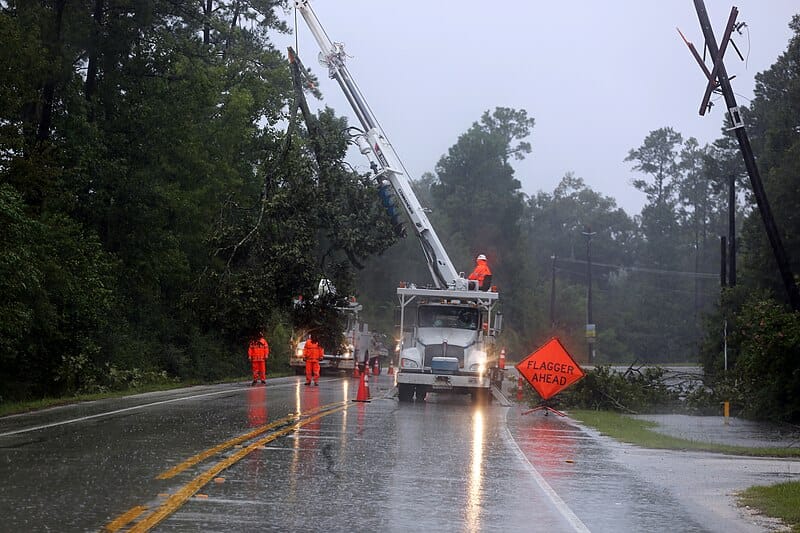 Wikimedia Commons
Wikimedia Commons
Tropical cyclones are moving more slowly. As temperatures rise, the pace at which a hurricane storms across a landscape has slowed perceptibly in the last 70 years. But the slowdown means each hurricane has more time to do more damage and deliver more flooding.
“Tropical cyclones over land have slowed down 20% in the Atlantic, 30% in the northwestern Pacific and 19% in the Australian region,” said James Kossin, of the US National Oceanic and Atmospheric Administration’s national centres for environmental information.
“These trends are almost certainly increasing local rainfall totals and freshwater flooding, which is associated with a very high mortality risk.”
He reports in the journal Nature that thanks to atmospheric warming as a consequence of the profligate combustion of fossil fuels in the last century, the summer tropical circulation has slowed and, along with it, hurricane and typhoon speeds. Overall, since 1940, cyclone movements have slowed by 10%; over some land areas, they have slowed much more.
But as the temperature goes up, the capacity of the atmosphere to hold moisture increases – by at least 7% with each degree Centigrade. That means a tropical cyclone – a whirling system of terrifying winds bearing huge quantities of water – has both more water, and more time to drop it over land.
Harvey’s warning
And Dr Kossin cites the example of Hurricane Harvey which in 2017 dumped more than 1.25 metres of water on Houston, Texas and the surrounding countryside in just five days. Devastating floods displaced 30,000 people, and 89 died. Economic losses were assessed at more than $126bn.
This shift in what researchers call the translation speed is new – and is only the latest study in a procession of alarming findings about the response of the winds in a warming world.
Researchers have already established that hurricanes are gaining in ferocity – that is, becoming more intense – at a faster rate than they did decades ago. They have warned that windstorms’ capacity to damage the world’s economy is on the increase directly because of global warming and consequent climate change, and they have identified a trend in hurricane geography: the storms are moving further north, in the northern hemisphere.
The combination of rising sea levels and fiercer storms could create, some argue, a new class of climate refugee in the US. And they have bad news for Texas: more storms like Harvey could be on the way.
In the course of the last century, global average temperatures have, as a consequence of the notorious greenhouse effect, gone up by around 1°C. Around 195 nations agreed in Paris in 2015 to attempt to contain global warming to 1.5°C in total by 2100, but gloomy forecasts suggest that unless action becomes urgent, temperatures will rise much higher.
And that means that hurricanes will go on slowing, to deliver ever more damage as they linger over coastal cities and farmlands.
“The observed 10% slowdown occurred in a period when the planet warmed by 0.5°C, but this does not provide a true measure of climate sensitivity, and more study is needed to determine how much more slowing will occur with continued warming,” Dr Kossin said.
“Still, it’s entirely plausible that local rainfall increases could actually be dominated by this slowdown rather than that the expected rain-rate increases due to global warming.”
Your support matters…Independent journalism is under threat and overshadowed by heavily funded mainstream media.
You can help level the playing field. Become a member.
Your tax-deductible contribution keeps us digging beneath the headlines to give you thought-provoking, investigative reporting and analysis that unearths what's really happening- without compromise.
Give today to support our courageous, independent journalists.
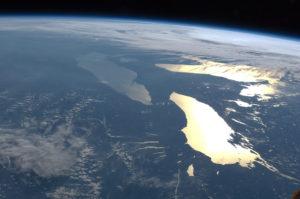
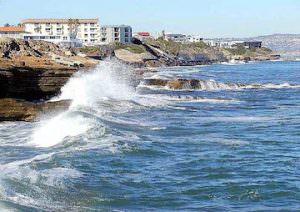
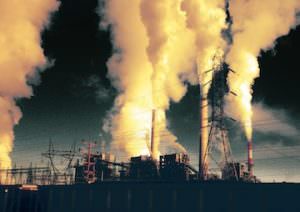
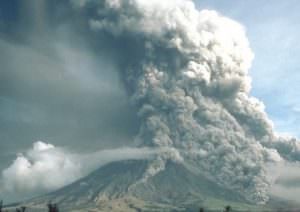

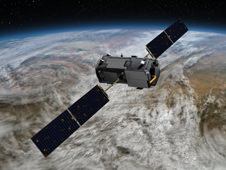


You need to be a supporter to comment.
There are currently no responses to this article.
Be the first to respond.